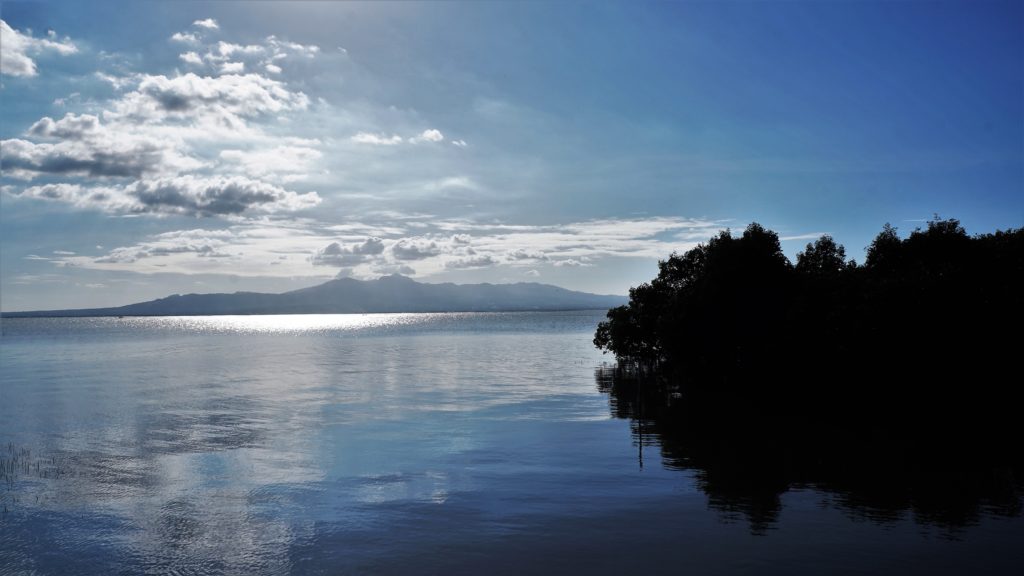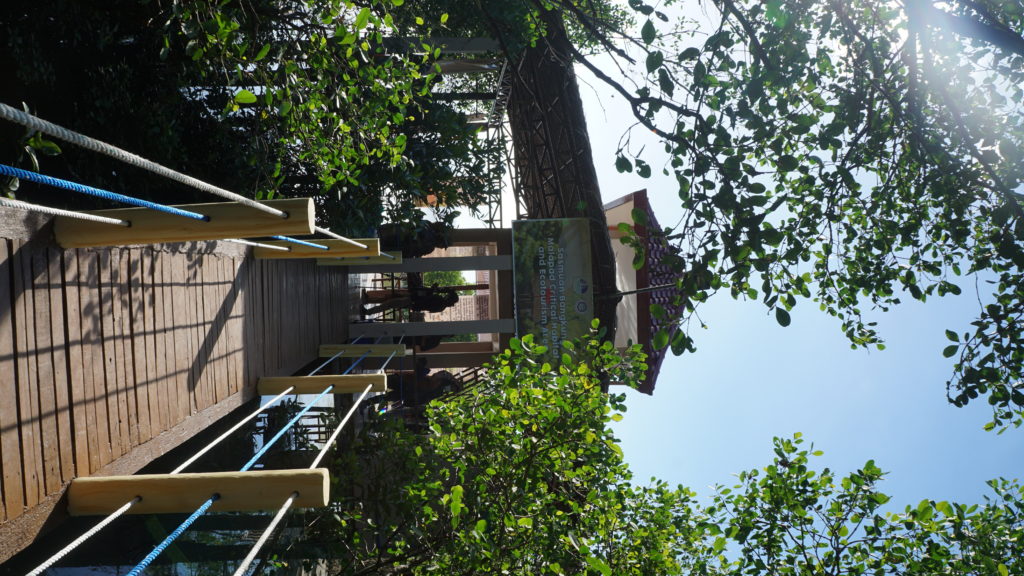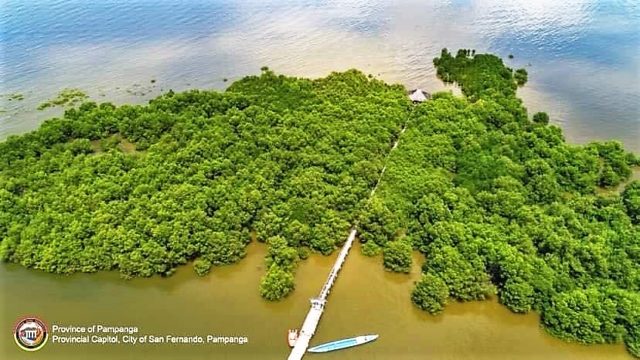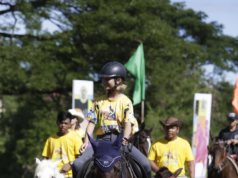CITY OF SAN FERNANDO – The Sasmuan Pampanga Coastal Wetland (SPCW), comprising 3,667.31 hectares at the mouth of Manila Bay has been listed as a “Wetland of International Importance” under the Ramsar Convention. It was announced by officials of the Department of the Environment and Natural Resources Wednesday.
SPCW is only the eighth in the Philippines and the first in Central Luzon declared as such. The other Ramsar-declared wetlands in the country include the Puerto Princesa Subterranean River, the Tubbataha Reef National Park, the Olango Island Wildlife Sanctuary, the Agusan Marsh Wildlife Sanctuary and the Naujan Lake National Park.

Martha Rojas Urrego, secretary-general of the Ramsar Convention on Wetlands, signed the certificate confirming SPCW’s international importance status after it met the criteria for a Ramsar site, among which are that “it supports vulnerable, endangered, or critically endangered species or threatened ecological communities, and play a big role in maintaining the biological diversity of a particular biogeographic region.”
Paquito Moreno, Jr., DENR Region 3 executive director added that other criteria met by the SPCW are that “it regularly supports 20,000 or more water birds, and that it provides to one percent of the individuals in a population of one species or subspecies of water bird.”
“SPCW is a vital component of our environment and its declaration as Ramsar site is an integral part of our strategies in cleaning and rehabilitating our Manila Bay,” he explained. “Hence, we are so honored and fortunate that the annual celebration of World Wetland Day on Feb. 2 has become more significant and special because the SPCW is now officially declared as Wetlands of International Importance.”

Migratory birds
According to Laudemir Salac, provincial environment and natural resources officer in Pampanga, more than 80,000 migratory birds composed of 63 species have been observed in SPCW during the Jan. 2021 Asian Waterbird Census.
He also cited a Jansen study in 2018 that found that 46 percent of the water bird species in the Philippines were observed in Sasmuan wetland.
Among the birds sighted frequenting the SPCW are Chinese egret, spotted greenshank, Asian dowitcher, black–faced spoonbill, far eastern curlew, and grey backed-tailor bird. Also spotted are the Philippine duckand Philippine pied-fantail.
“We really need to protect this important ecosystem because of numerous benefits to our local communities and to our biodiversity,” he said.

Pampanga’s ‘hidden gem’
Considered a centerpiece of the SPCW is the 405-hectare Sasmuan Bangkung Malapad Critical Habitat and Ecotourism Area (SBMCHEA).

Dubbed “Pampanga’s hidden gem,” Bangkung Malapad is an islet formed at the Pasac River by sediments from the 1991 Mount Pinatubo eruptions. It has become one of the valuable ecosystems found within the SPCW as habitat to migratory birds and mangrove species including the vulnerable Aviacennia rumphiana or locally known as Api-api.
Expressing elation over the Ramsar listing, Gov. Dennis Pineda urged greater protection and preservation of the area which has become a source of pride for the Kapampangan and will benefit the people in the province’s coastal communities.
The Ramsar Convention on Wetlands is an intergovernmental treaty which the Philippines is a signatory of. It provides the framework for the conservation and wise use of wetlands and their resources. The Convention was adopted in the Iranian City of Ramsar in 1971 and came into force in 1975. Since then, almost 90 percent of UN member states, from all the world’s geographic regions, have acceded to become contracting parties to the convention. With DENR-PAO





